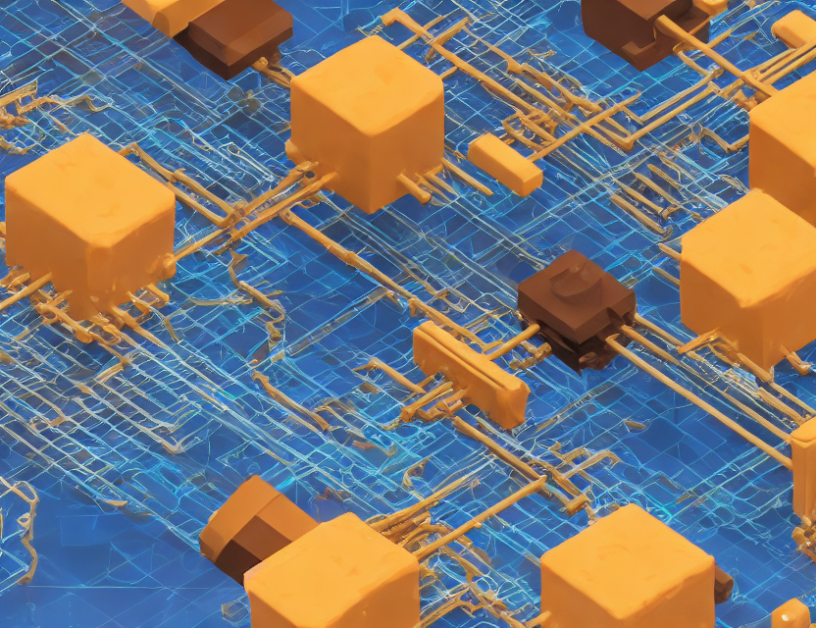Memristors are a crucial component in neuromorphic computing, which seeks to mimic the human brain’s computational efficiency and energy-saving abilities. This review focuses on the use of memristors for non-volatile memory and computing applications, highlighting their potential advantages over traditional computing systems.
Memristor Basics
- Memristors are two-terminal devices that exhibit metal-insulator transitions based on the current flowing through them.
- These transitions can be controlled by adjusting the voltage applied to the memristor, allowing for memory storage and computation.
Formation of CFs
- When a memristor is subjected to a voltage pulse, it forms conductive filaments (CFs) that connect the two electrodes.
- These filaments are crucial for storing information in memristors, as they can be manipulated to change the device’s resistance.
Volatile and Non-volatile States
- Memristors can exist in either a volatile or non-volatile state depending on the current flowing through them.
- In the volatile state, the CFs are fragile and easily disrupted by external stimuli, leading to information loss. In contrast, non-volatile memristors retain their information even when power is removed.
Compliance Current
- The compliance current (CC) determines the formation and rupture of CFs in memristors.
- By adjusting the CC, researchers can control the transition between volatile and non-volatile states, allowing for precise manipulation of memristor behavior.
Data Retention
- Memristors with high compliance currents (1 mA) demonstrate excellent data retention capabilities, retaining information for over 5000 seconds.
- This is a significant advantage over traditional computing systems, which often require frequent refreshes to maintain data integrity.
Advancements in Neuromorphic Engineering
- The integration of memristors with other neuromorphic components, such as neural networks and synapses, has the potential to revolutionize cognitive computing.
- These advancements align with the demands of organic electronics for low-power consumption and high integration potential, making them suitable for future cognitive systems on silicon.
Challenges and Future Work
- Despite their promising properties, memristors face several challenges in their widespread adoption, such as material incompatibility and fabrication complexities.
- Addressing these challenges will be crucial to unlocking the full potential of memristors in neuromorphic computing applications.
Conclusion
- Memristors are a promising technology for non-volatile memory and computing applications, offering significant advantages over traditional computing systems.
- By harnessing their unique properties and integrating them with other neuromorphic components, researchers can create more efficient and sustainable cognitive systems that mimic the human brain’s cognitive abilities.



